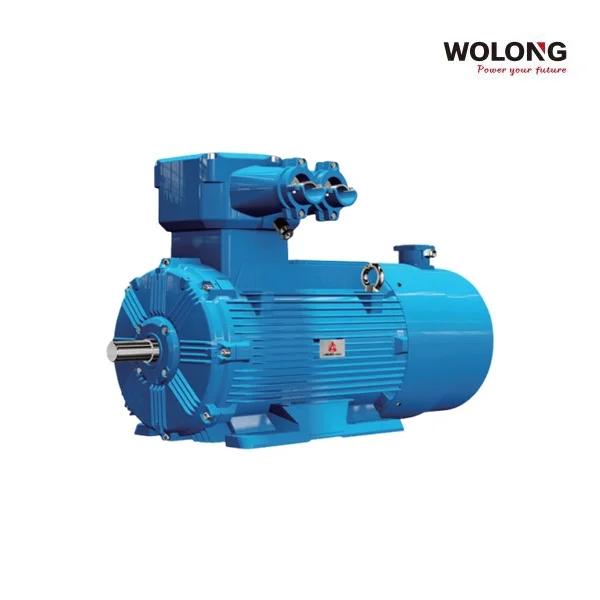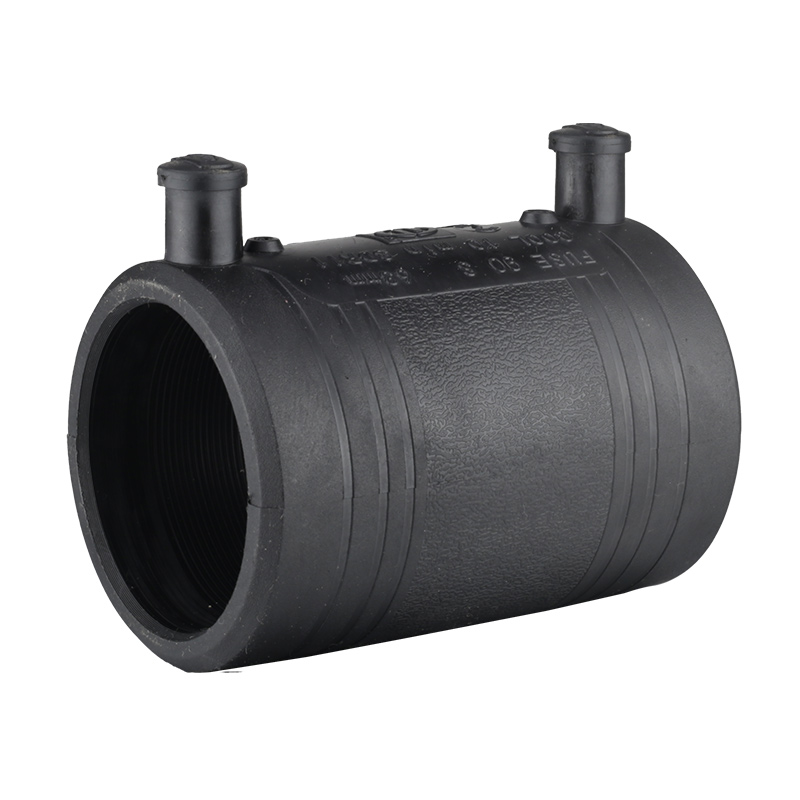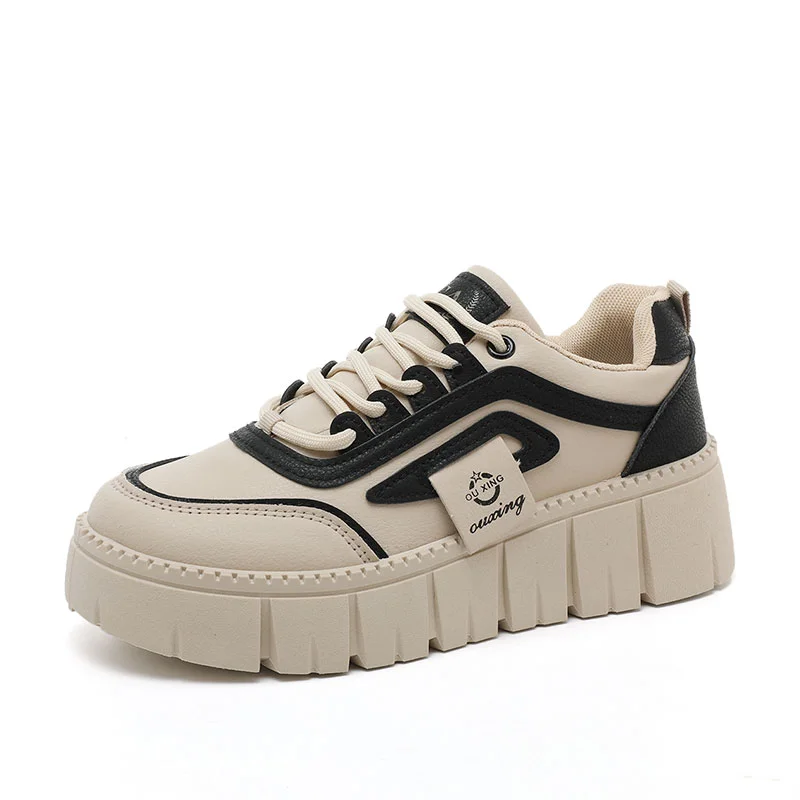When it comes to camping, one of the most critical aspects of ensuring a comfortable and enjoyable experience is keeping your tent dry. Whether you're an experienced outdoorsman or a novice camper, understanding the nuances of waterproofing your tent can make all the difference. A common question arises: Do you waterproof the inside or outside of a tent? This article delves into the intricacies of tent waterproofing, exploring the best practices, materials, and techniques to keep you dry, no matter the weather conditions.
Understanding Tent Waterproofing
Before we dive into the specifics of waterproofing, it’s essential to understand how tents are designed to repel water. Most modern tents are constructed from synthetic materials treated with waterproof coatings. However, over time, these coatings can wear off, and seams can become vulnerable to leaks. Therefore, waterproofing is not just about applying a coating; it’s about maintaining the integrity of your tent's materials and construction.
The Case for Exterior Waterproofing
- Primary Defense Against Rain: The exterior of your tent is your first line of defense against the elements. Waterproofing the outside ensures that rainwater beads off the surface rather than soaking into the fabric. This is particularly important during heavy downpours, where water can pool on the tent's surface.
- Seam Sealing: One of the most critical areas to focus on during exterior waterproofing is the seams. Most tents have stitched seams that can allow water to seep through. Applying a seam sealer to the outside of these areas can significantly enhance your tent's waterproof capabilities.
- Waterproofing Sprays and Treatments: There are various waterproofing sprays available specifically designed for tent fabrics. These treatments can be applied to the outer layer of the tent to restore its water-repellent properties. It’s advisable to choose a product that is compatible with your tent's material to avoid damage.
The Role of Interior Waterproofing
While the exterior waterproofing is crucial, the interior of your tent also plays a significant role in maintaining a dry environment.
- Condensation Management: One of the lesser-known aspects of tent waterproofing is managing condensation. When warm air from your body meets the cooler tent fabric, moisture can form on the inside. Using a tent with a breathable inner layer can help reduce this issue. Additionally, ensuring proper ventilation can minimize condensation buildup.
- Groundsheet Protection: While not strictly an interior waterproofing method, using a groundsheet or footprint can protect the bottom of your tent from moisture seeping in from the ground. This is particularly important in wet conditions or when camping on damp grass.
- Interior Coatings: Some tents come with an interior waterproof coating. While this is not a substitute for exterior waterproofing, it can provide an additional layer of protection against moisture that may penetrate through the fabric.
Best Practices for Waterproofing Your Tent
- Regular Maintenance: Regularly inspect your tent for signs of wear and tear, especially after each camping trip. Look for frayed seams, worn-out zippers, and areas where the waterproof coating may have worn off.
- Reapply Waterproof Coatings: Depending on usage, you may need to reapply waterproof coatings every season or after several uses. Follow the manufacturer's instructions for the best results.
- Store Properly: Ensure your tent is completely dry before storing it to prevent mold and mildew growth, which can compromise its waterproofing capabilities.
- Choose the Right Location: When setting up your tent, avoid low-lying areas where water can pool. Instead, opt for elevated ground and consider using a tarp to provide an additional layer of protection against moisture.
Conclusion
In summary, the question of whether to waterproof the inside or outside of a tent is not a straightforward one. Both aspects are essential for ensuring a dry and comfortable camping experience. By focusing on exterior waterproofing techniques, such as seam sealing and applying waterproof sprays, while also managing interior conditions to reduce condensation, you can significantly enhance your tent's performance in wet weather. Remember, regular maintenance and proper storage are key to prolonging the life of your tent and ensuring it remains a reliable shelter for all your outdoor adventures. Happy camping!




More Stories
Maximizing Retail Space with Innovative Display Hooks
Why Bluetooth Water Bottles Are Becoming Popular Among Fitness Enthusiasts
Customizing Intelligent Circulation Fan Remote Controls for OEM and ODM Projects